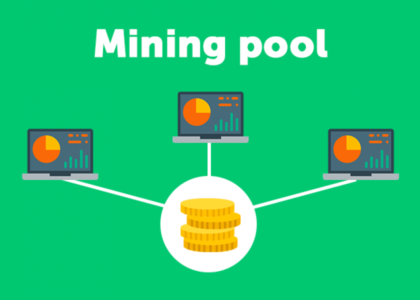Ethereum will soon switch from Proof-of-work (mining) to Proof-of-Stake (stacking).
When the transition from mining to stacking takes place, the power consumption of all operations will drop by 99%, as announced by the Ethereum Foundation.
What is the difference between mining and stacking?
The process of securing a blockchain on a Proof of Work algorithm is called mining. Examples of blockchains include Bitcoin, Dogecoin, and Ethereum. Network operation in mining is supported by the computing power of video cards. The user is rewarded for each transaction.
Stacking does not require large computing power and depends on the amount of cryptocurrency. The reward received by the user depends on the number of cryptocurrency coins that belong to the given site.
Stacking is energy efficient mining
Stacking will use about 35Wh per transaction, while mining uses 84,000Wh. Currently, miners consume about 44.49TWh of energy per year.
The transition likely won’t affect the shortage of graphics cards
Ethereum’s transition to PoS will likely not affect the shortage of graphics cards. Since the Proof-of-work method is still actively used and miners can simply switch to mining another cryptocurrency.








Feedback (0)
Leave a review